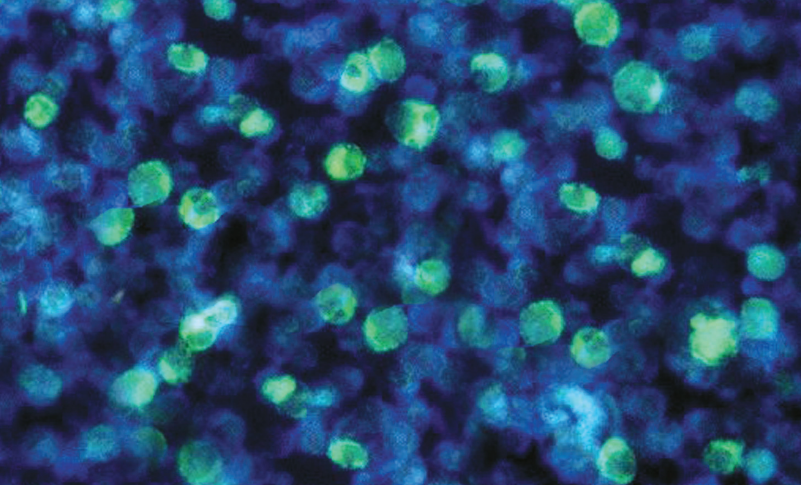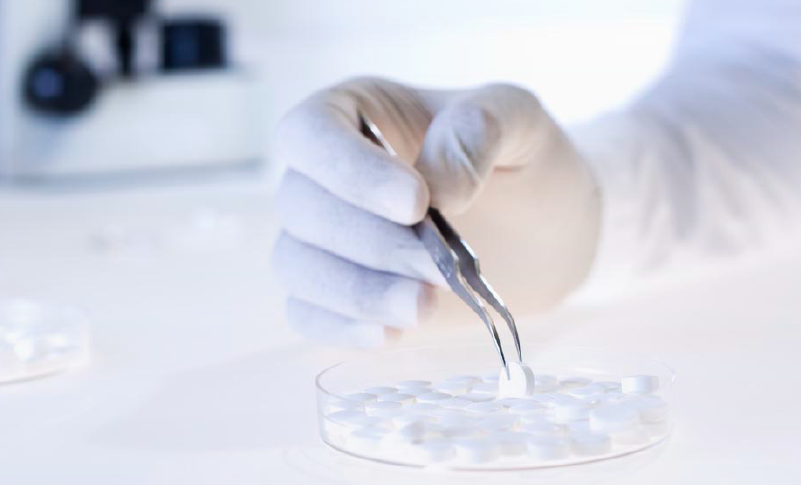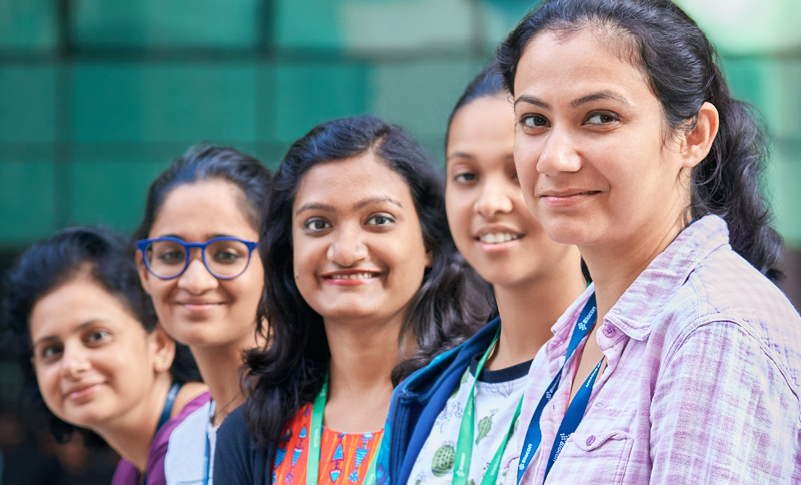Authors: Rahul Kapur, Shivani Mittra, Geetanjali Tonpe, Adithi P, Praveen Raj, Uwe Gudat & Sandeep N. Athalye
Date: June 28th, 2024
Link: https://doi.org/10.1080/14712598.2024.2371046
Abstract –
Introduction: We evaluated a potential move from one rapid-acting insulin analog to another, or their biosimilars, to aid better and faster decisions for diabetes management.
Methods: A systematic literature review was performed according to PRISMA reporting guidelines. The MEDLINE/EMBASE/COCHRANE databases were searched for randomized control trials (RCTs) comparing aspart/lispro in type-1 (T1D) and type-2 (T2D) diabetes. The methodological quality of the included studies was assessed using the Cochrane Collaboration’s risk of bias assessment criteria.
Results: Of the 753 records retrieved, the six selected efficacy/safety RCTs and the additional three hand-searched pharmacokinetics/pharmacodynamics RCTs showed some heterogeneity in the presentation of the continuous variables; however, collectively, the outcomes demonstrated that lispro and aspart had comparable efficacy and safety in adult patients with T1D and T2D. Both treatments yielded a similar decrease in glycated hemoglobin (HbA1c) and had similar dosing and weight changes, with similar treatment-emergent adverse events (TEAE) and serious adverse event (SAE) reporting, similar hypoglycemic episodes in both T1D and T2D populations, and no clinically significant differences for hyperglycemia, occlusions or other infusion site/set complications.
Conclusions: Aspart and lispro demonstrate comparable safety and efficacy in patients with T1D/T2D. Since both are deemed equally suitable for controlling prandial glycemic excursions and both have similar safety attributes, they may be used interchangeably in clinical practice.
Funding: This paper was funded by Biocon Biologics Limited.








